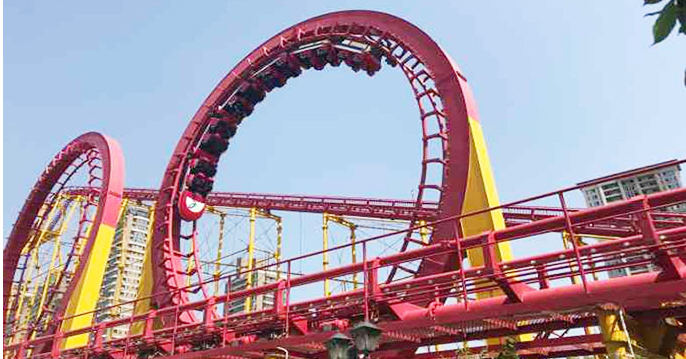- Albanian
- Arabic
- Belarusian
- Bengali
- Czech
- English
- French
- German
- Hebrew
- Hungarian
- Indonesian
- irish
- Italian
- Japanese
- kazakh
- Persian
- Russian
- Thai
- Uzbek
- Vietnamese
cost of building a roller coaster
Building a roller coaster is a thrilling endeavor that combines engineering, creativity, and a bit of magic to create unforgettable experiences for amusement park visitors. However, behind the excitement lies a complex financial landscape that determines the overall cost of creating these adrenaline-pumping attractions. This article delves into the various factors that contribute to the cost of building a roller coaster, helping to illuminate the intricate process behind these engineering marvels.
One of the most significant factors influencing the cost of building a roller coaster is its design. The complexity and uniqueness of the design directly correlate with expenses, as custom designs may require more advanced engineering techniques and materials. For instance, a simple wooden roller coaster will typically cost less than a high-tech steel coaster equipped with intricate loops and spirals. The price of hiring skilled designers and engineers to create a safe and exciting layout can vary widely, but this initial investment is crucial for ensuring that the ride is both thrilling and safe.
Materials constitute another major expense in the construction of roller coasters. Steel coasters, known for their smooth rides and ability to achieve amazing heights and inversions, tend to be more costly due to the price of high-quality steel. On the other hand, wooden coasters, while generally cheaper in terms of material, present their own set of challenges related to durability and maintenance. The choice of materials not only affects the initial costs but also impacts long-term maintenance expenses. For example, while wood might offer a lower upfront cost, it may require more frequent repairs and upkeep compared to its steel counterparts.
Labor costs are also a significant consideration in the overall budget. Skilled labor is required to construct roller coasters safely and effectively, and this can lead to substantial expenses. The timeline for construction can vary, with more elaborate rides taking several months or even years to complete. The longer the construction period, the higher the labor costs. Additionally, safety regulations and inspections add layers of complexity to the construction process, requiring qualified personnel to ensure compliance with local laws.
cost of building a roller coaster

Another critical aspect influencing the cost of roller coaster construction is site preparation. The location of the amusement park can have a dramatic effect on costs, especially if the site requires extensive excavation or grading. Utility adjustments, environmental considerations, and zoning permits can contribute significantly to the initial expenses. Moreover, the accessibility to transportation and utilities will dictate how easily materials can be delivered and constructed, thus impacting labor costs.
Marketing and theming also come into play when considering the cost of building a roller coaster. Amusement parks frequently invest in creating a compelling narrative or theme around their coasters to enhance the overall visitor experience. This thematic element can involve additional expenses in terms of creative design, construction of surrounding areas, and integration of technological features such as sound or special effects.
In summary, the cost of building a roller coaster is multifaceted, relying on design complexity, material choices, labor expenses, site preparation, and thematic elements. While the initial investment can be substantial, the potential for generating revenue through ticket sales, increased foot traffic, and enhanced park reputation often justifies the expense. Ultimately, the thrill of the ride and the unforgettable memories it creates are worth every penny spent in the construction process.
-
Flume Ride-Hebei Zhipao Amusement Equipment Manufacturing Co., Ltd.|Thrilling Water Attraction&Customizable DesignJul.30,2025
-
Flume Ride - Hebei Zhipao Amusement Equipment | Water Coaster, Thrilling DescentJul.30,2025
-
Flume Ride - Hebei Zhipao | Thrilling Water AttractionJul.30,2025
-
Flume Ride: Thrilling Water Attraction by Hebei Zhipao|Log Flume Manufacturers&Flume Ride DesignJul.30,2025
-
Flume Ride-Hebei Zhipao Amusement Equipment Manufacturing Co., Ltd.|Thrilling Water Coaster, Safe DesignJul.30,2025
-
Flume Ride-Hebei Zhipao Amusement Equipment Manufacturing Co., Ltd.|Thrilling Water Attraction, Safe DesignJul.30,2025
